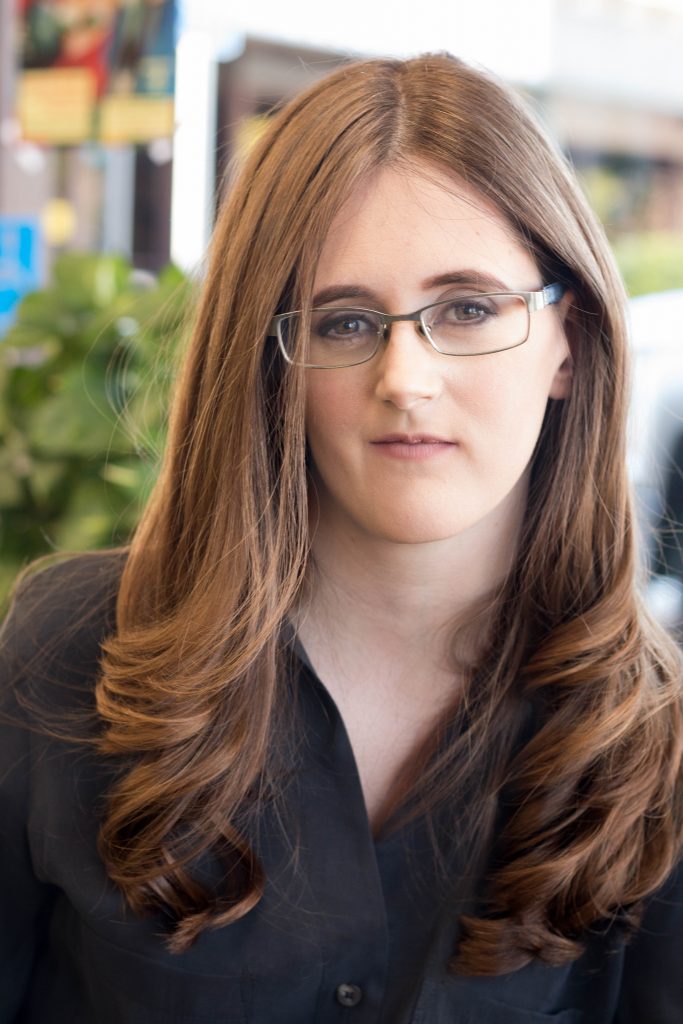By Marissa Dunham //

The 90-Day Novel by Alan Watt
Alan Watt is a novelist, screenplay writer, and workshop host in the L.A. area who wrote The 90-Day Novel from a series of letters he sent to his students.
Now, I am recommending this book because it teaches story structure, which I haven’t written about too much. And because the third edition has a section for the memoir writer.
I think this book, too, will cater to writers at O.C. Writers who have enjoyed National Novel Writing Month.
The way we get to story structure in The 90-Day Novel is the same as it is in NaNoWriMo. Write without editing, going back, or scratching out. Essentially you are writing a messy first draft through your unconscious with guidance from Watt. Many have already learned these lessons from writing during November. But, Watt goes deeper into the framework with questions and writing exercises that guide you through the process: prep, outline, and drafting. Think of the book kind of like NaNoWriMo prep months plus the month of November. It’s a combination that has put this book on the top-five list for many writers and why I’d like to share it with you today.
Plot can often make writers feel stuck.
What’s supposed to come next?
The question alone brings to my mind an image of a blank whiteboard from back in my school days. The teacher has asked me to come up to the board. And I’m standing there with no idea what she wants me to write.
Through Watt’s formula of deep questioning and freewriting, we learn to develop story structure that keeps the reader reading. Many terms in the book are borrowed from Joseph Campbell’s the hero’s journey, but what is most intriguing about The 90-Day Novel is a reliance on the freewrite.
From Day One, you write unconsciously from the POV of the protagonist and the antagonist, equally, every day. This is good work. So many craft books on plot and story structure put their focus squarely on the hero to develop the story, and the antagonist is dredged up when conflict is needed, resulting in holes in your plot or antagonists that aren’t that interesting to read. But here we have a craft book that builds both the protagonist and the antagonist at an early stage in story development, to give you a wealth of information from which to create your novel and fill your blank page.
What is story structure?
Story structure is a craft element, or a term writers use to talk about a specific element of story. Plot and structure are two different craft elements. Plot is a series of events. Structure is how you organize those events. The hero’s journey is a classic Western example of story structure written about extensively by Joseph Campbell in The Hero with a Thousand Faces. There is also the heroine’s journey, kishōtenketsu, Freytag’s Pyramid, and rags-to-riches story structures.
Watt explains story structure – mostly the hero’s journey – in terms of dilemma. We all know that a story needs problems to make the plot interesting, but for Watt, we can’t simply rely on a pile-up of unrelated problems. The story won’t go anywhere and you will quickly lose your readers.
Instead, we should think of our stories not as a series of problems put in front of our hero, but as a dilemma: problems that cannot go away unless our protagonist’s perception about the world, family, or belief system shifts.
As you follow Watt through the 90 days, when and how to write that shift in perception will reveal itself to you.
What is great about the third edition of this book is that it has a section dedicated to memoir writers, “Writing Memoir” (page 20). The section gives more flexibility about how you can use the book for memoir and covers topics like context, order of events, and writing about trauma.
Who else would this book be good for?
The book is kind of a secret among literary writers. Few admit to using it. But, The 90-Day Novel has been known to help well-established short story writers transition to the novel form.
If you like this book, consider taking one of Watt’s workshops. Watt hosts workshops through L.A. Writers Lab, and they’re currently on Zoom. There is also a sequel to The 90-Day Novel called The 90-Day Rewrite if you would like to continue with this method.
One of my favorite lines from Watt is: “Fiction cannot solve life’s problems.” Learning story structure and coming up with a new draft of a novel isn’t easy. But by looking to our lives to inform our novels, we can improve as writers.
Marissa’s Take Exercise: Diagram a new-to-you story structure on a sticky note.

MARISSA DUNHAM is a writer and freelance editor. She spent the early part of her career in educational publishing, but now spends most of her time editing literary fiction, magical realism, and middle grade fiction. She lives in Southern California, where she enjoys bringing new life into the world by planting tomatoes and flowers in the garden.


2 Replies to “MARISSA’S TAKE ON: The 90-Day Novel by Alan Watt”